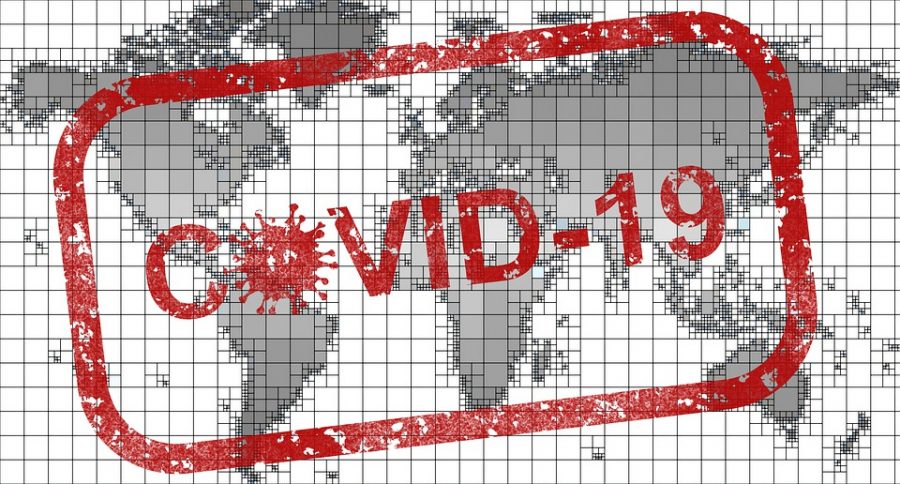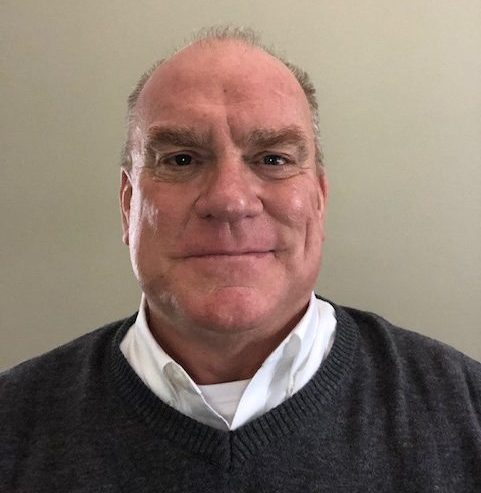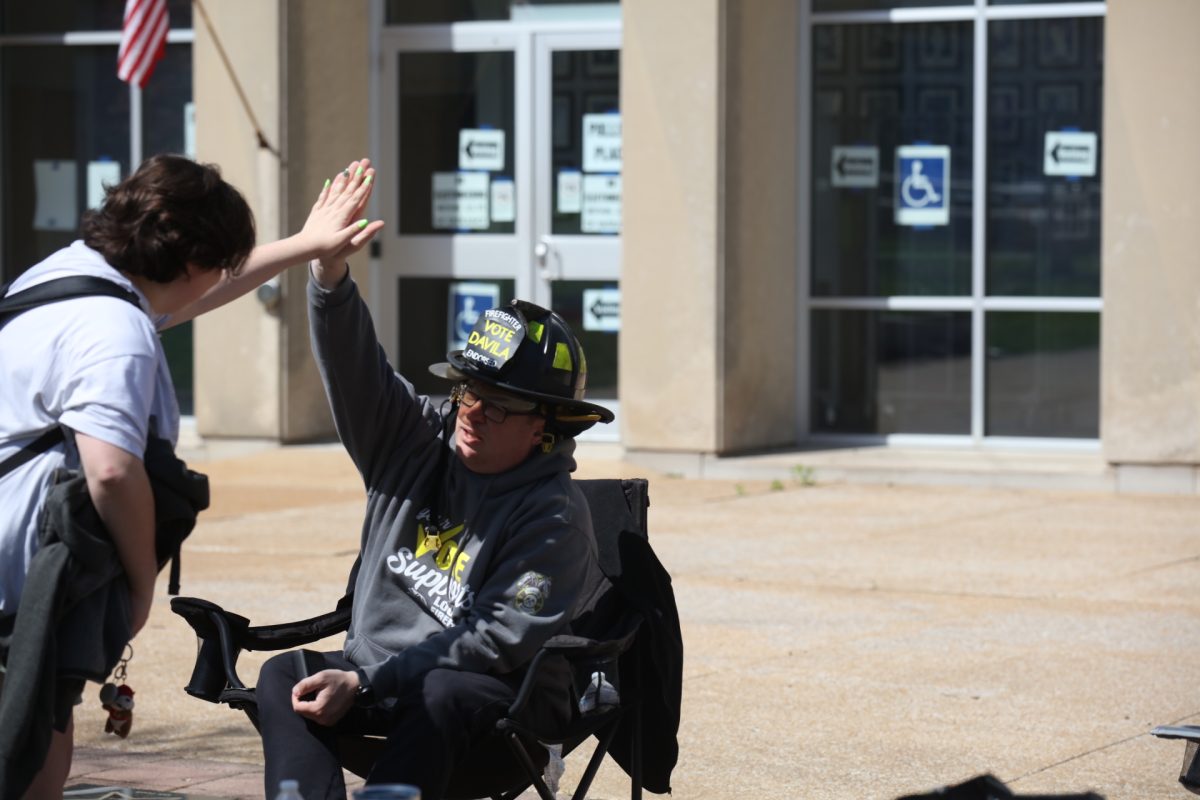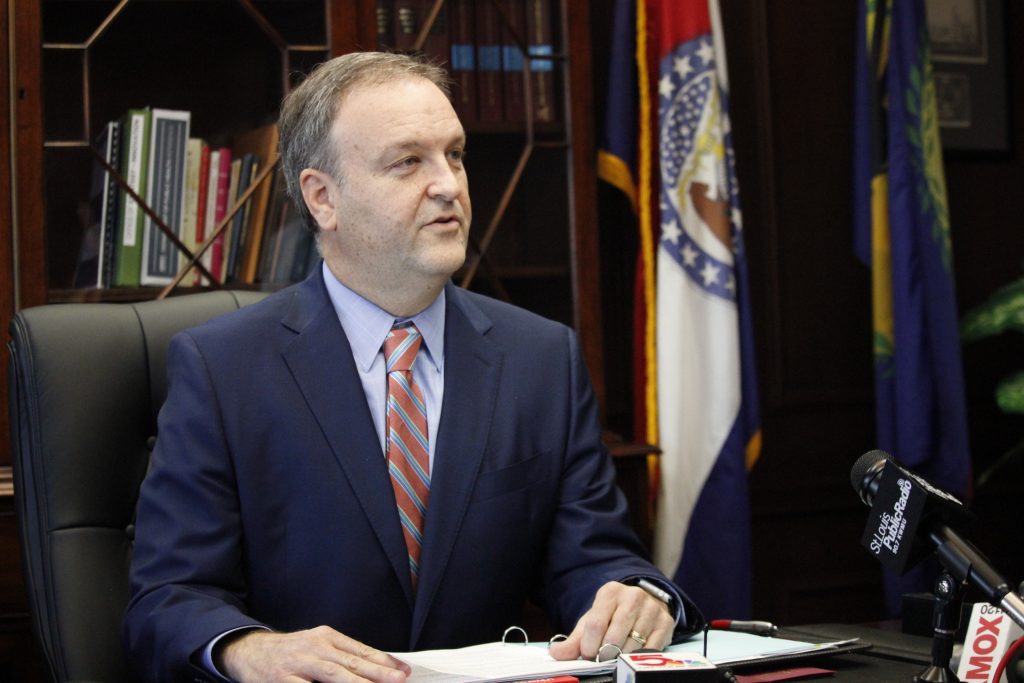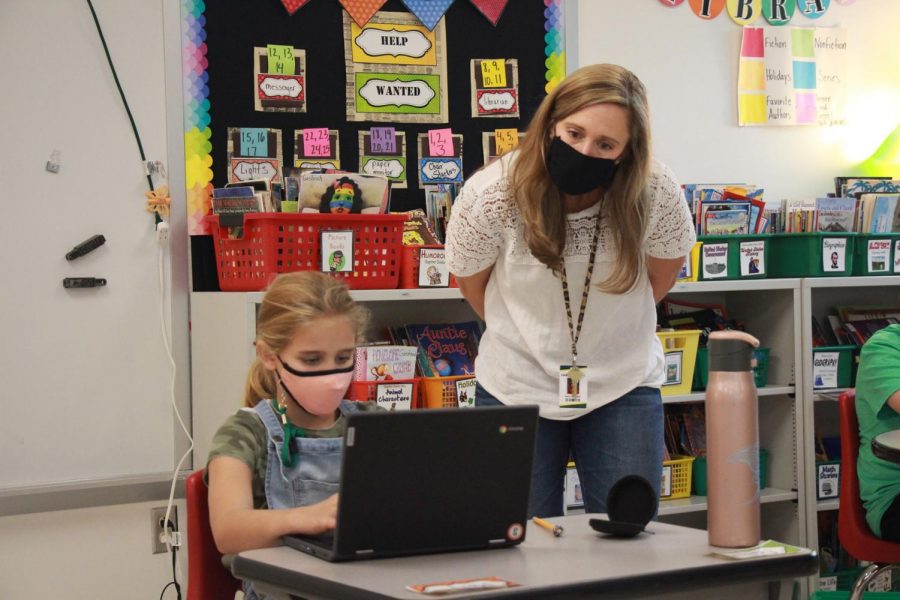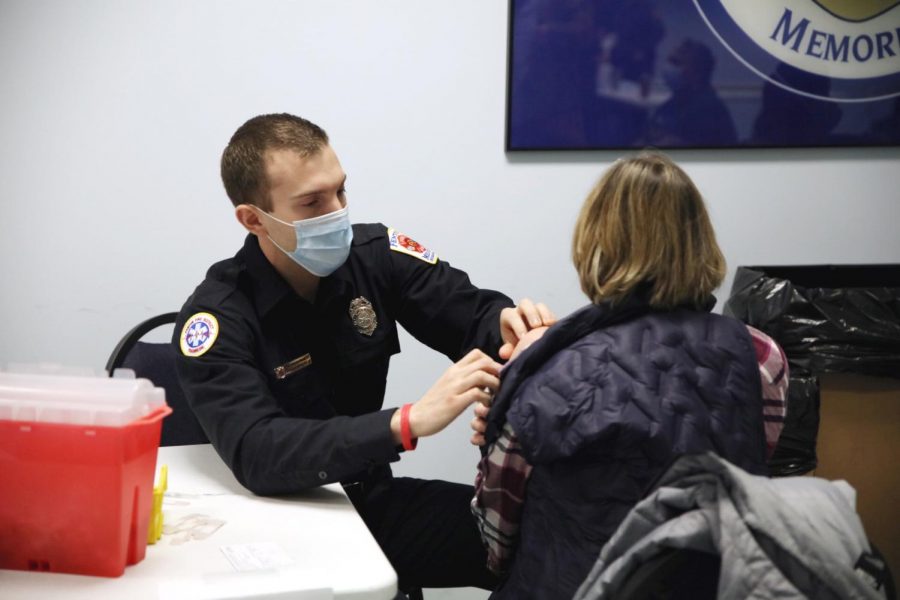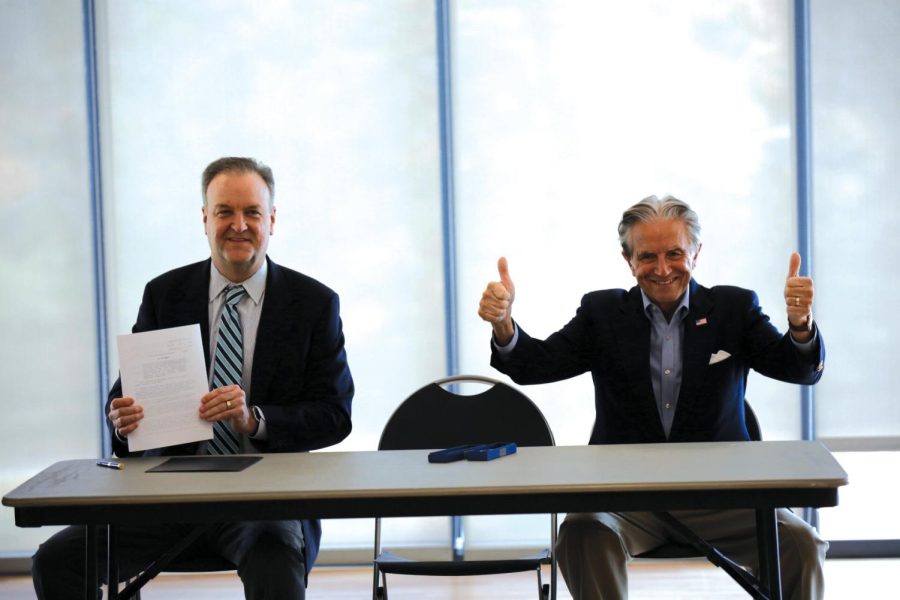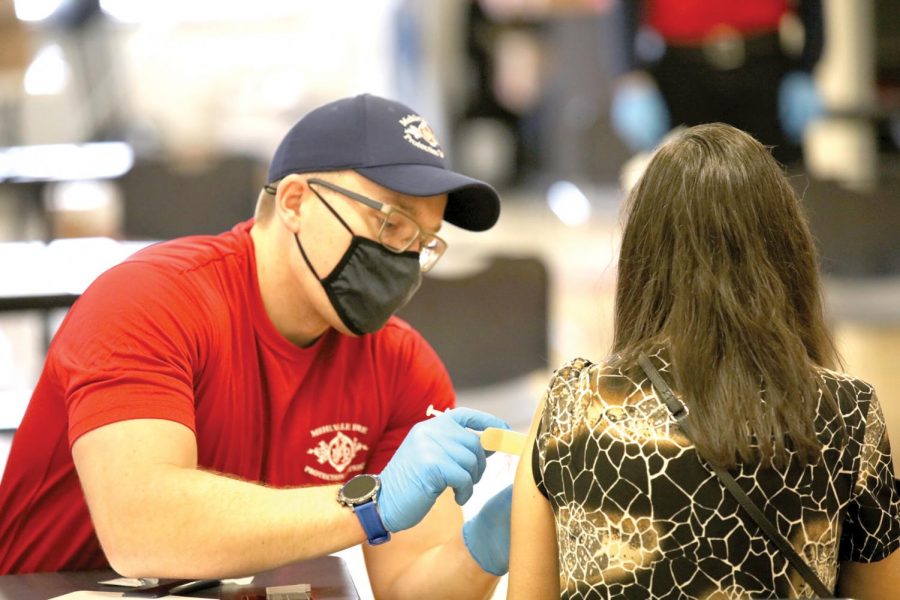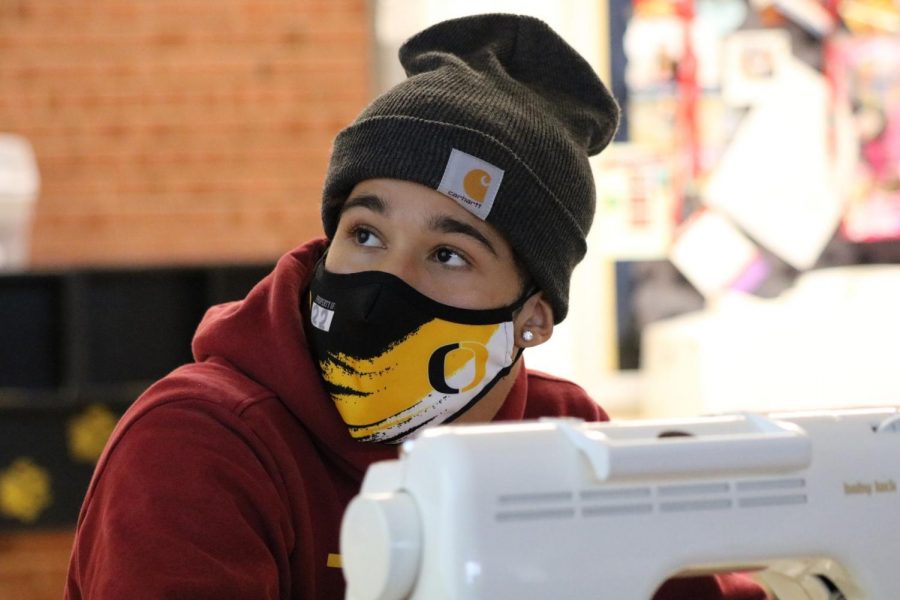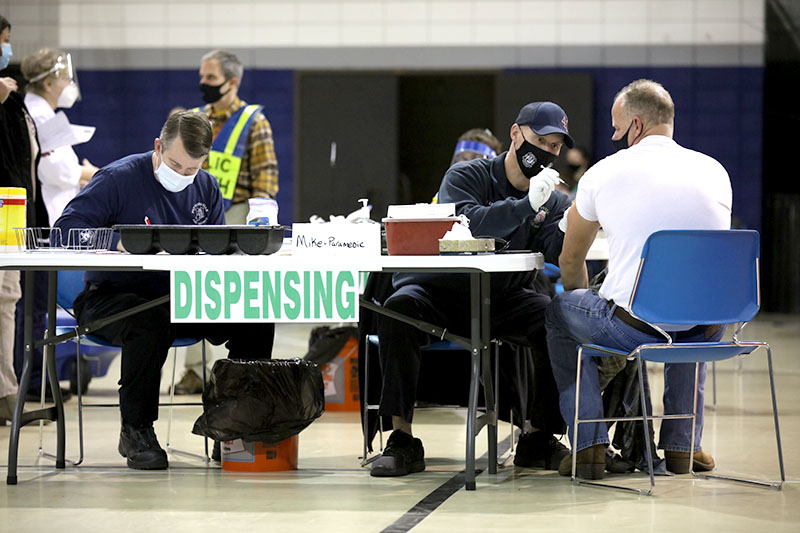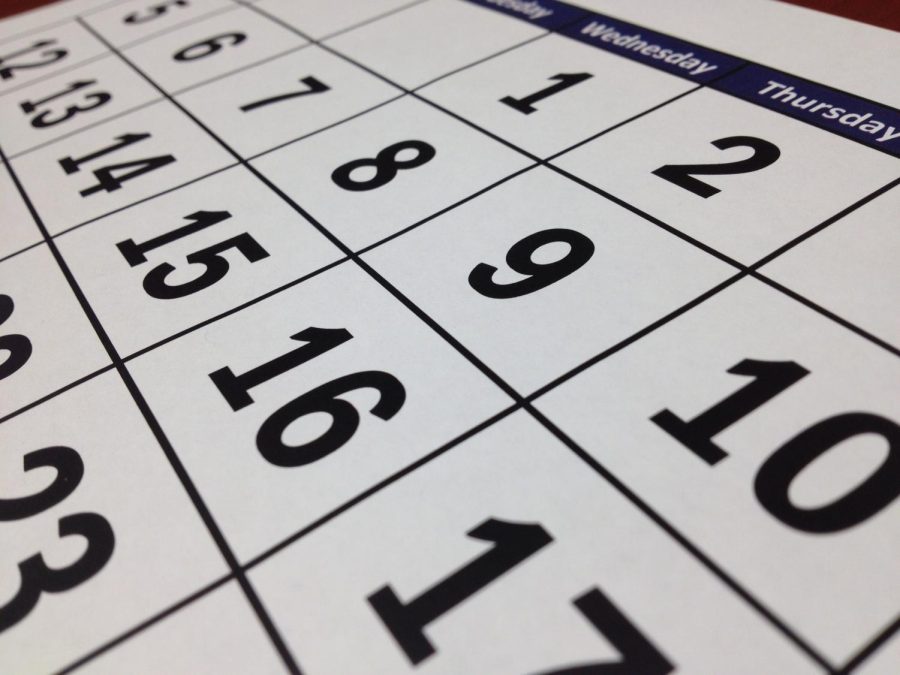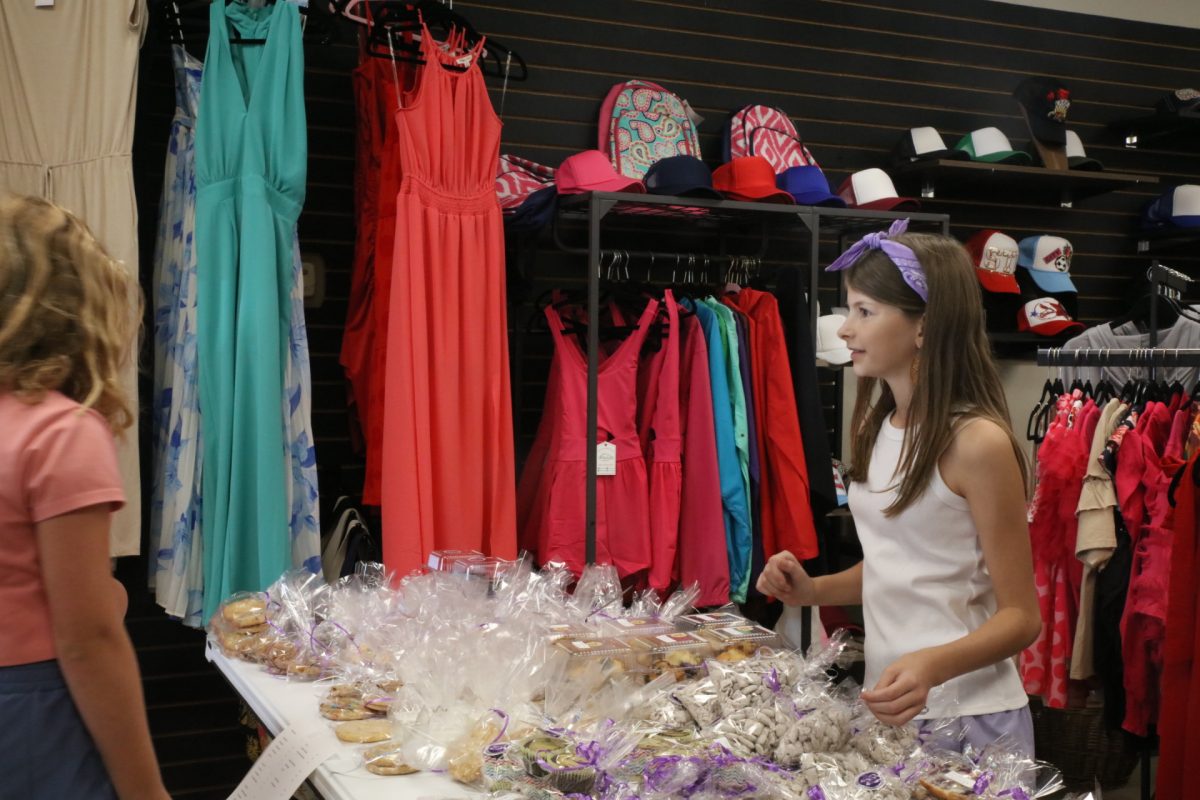As scientists work to understand the novel coronavirus, public health guidance continues to shift with new discoveries. This can make it difficult to know exactly what to do if you’ve been exposed to the virus.
The Missouri Information Corps spoke to three public-health officials on the latest advice for how to navigate the pandemic on a personal level. Though the guidance will likely continue to evolve, these are the current best practices for a range of possible COVID-19 situations.
What should you do if your local health department calls and says you’ve been exposed to COVID-19?
“I think the most important thing is for people just to be honest and truthful,” said Audrey Gough, Shelby County health director.
This means being upfront with public-health officials about where you’ve been and who you’ve been with.
“We call you to reassure you that you are in a safe environment and (make sure) that you have what you need to be in quarantine for 14 days,” Gough said.
She said her department works to connect people in quarantine to services like Meals on Wheels or medication delivery.
“We reassure them in regards to their day-to-day needs and tell them, ‘We want you to monitor and please call us if you’re having any symptoms,’” she said.
If people quarantine, this will help slow down the spread of the virus, she said.
Should you be worried if a roommate tests positive? How about a coworker?
It depends on whether that person is a close contact.
Lori Gouffey, a nurse with the Adair County Health Department, said “close contact” means sharing air space with someone within 6 feet for 15 minutes or more.
Health departments use contact tracers to identify the close contacts of someone who has tested positive for COVID-19.
Jan Morrow, Ripley County public-health director, said the first thing contact tracers ask about is other people in the home. People living together in a small apartment or dorm room are at risk, as are families living in the same home.
Coworkers may or may not be considered close contacts, Morrow said.
“Here at the health department, our offices are kind of spread out,” she said. “So while we’re all in the same building, it’s pretty low risk.”
But people who share desks or work closely together should be considered close contacts, she said.
Contact tracers will work with people who test positive to discuss their work environment to help make that determination, Gough said.
What if you’re the close contact of someone who has been identified as a close contact of someone who tested positive?
It’s a question Gough hears a lot.
“The person that’s been identified as a close contact has to quarantine,” she said. “But everyone else in the house can go about their normal day to day. It’s only the person that’s in direct contact with the positive case that has to quarantine. It doesn’t go beyond that level.”
But you should still be mindful.
“We would certainly tell them they could monitor for signs and symptoms for 14 days,” Gouffey said.
Do you have to quarantine for two weeks if you’re not showing symptoms? What if you test negative?
You should quarantine for 14 days after you were last exposed to someone who tested positive, Gough said.
“Even though you’re not showing symptoms, we ask that you monitor every day. We ask that you take your temperature,” she said.
Gough also said it’s not the best idea to immediately get tested after learning of an exposure because of the disease’s long incubation period.
“It can take up to 14 days for your body to recognize it and start showing symptoms,” she said. “Even if you test positive, or test negative, at the beginning of the 14-day quarantine, you still have to quarantine for the entire 14 days.”
There’s a chance that the test could be a “false negative,” according to the Centers for Disease Control and Prevention (CDC). This could mean one of two things: either you were tested too early after being infected, or you were exposed to the virus in another way after your test.
“I think this goes back to personal responsibility,” Morrow said. “If you know you’re sick and you’re running a temperature and you test negative, but you’re still feeling really bummy, personal responsibility comes into play and you do not want to be around people.”
What if you were at a business and you find out an employee or customer tested positive?
It depends on how close you were to that employee or customer.
“If they’re farther away — if they’re not within 6 feet for more than 15 minutes — then your probability of getting it is medium to low,” Gough said.
It’s not a bad idea to monitor yourself anyway, Morrow said.
Morrow said she personally tries to run her essential errands at times that might be less busy. She wears a mask, washes her hands and wipes down anything she brings home to avoid bringing home germs.
Who can get tested?
There’s not a one-size-fits-all answer to this question. Much of this comes down to the decisions of individual health care providers.
Patients can call their health care provider prior to coming in for a test to make sure they are a good candidate, Gouffee said.
Many testing sites in the state, like the ones operated by University of Missouri Health Care and Boone Hospital Center in Columbia, require a referral for a test. However, any St. Louis County resident, symptomatic or not, can schedule a test at the South County Health Center. Pop-up drive-thru testing has also been available at various times in South County. For times and dates of those events, keep an eye on callnewspapers.com.
People can also be tested for “public health surveillance” purposes, which includes community testing events aimed at gauging how much the coronavirus has spread within a community. St. Louis County is partnering with Washington University to conduct a survey and testing to see how widespread the virus is even among those who haven’t been tested.
At local community testing events from the state’s Department of Health and Senior Services, anyone who registers is eligible for a free test. Gov. Mike Parson approved legislation in mid-July to make testing free for anyone with a doctor’s recommendation.
What if you don’t have regular contact with a doctor who can refer you? What if you’re uninsured?
County health departments are used to dealing with patients who don’t have insurance, Morrow said.
“We really try to get them in someplace where the test is free,” she said.
Rural health clinics can also help point patients in the direction of low-cost testing, she said.
Some testing sites let patients call ahead and do a consult over the phone, Gough said. Many patients call their local health department for an initial screening, and public-health employees can help connect them with those sites.
What should you do about work while you’re waiting for test results or quarantining?
According to the Missouri Department of Health and Senior Services, it’s up to your employer to decide whether you are required to have a negative test before returning to work, whether you will receive paid time off to isolate and, in certain situations, if you are required to get a test.
The department does recommend that you stay home in the gap period between getting tested and receiving the results. St. Louis County is also requesting that anyone who has been tested stay home until they get their results.
Missouri Information Corps reporter Colleen Wouters contributed to this report.
This story was produced by the Missouri Information Corps, a project of the Missouri School of Journalism. Have tips for us? Email: moinformationcorps@gmail.com.



